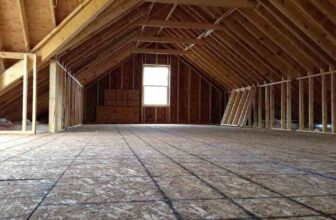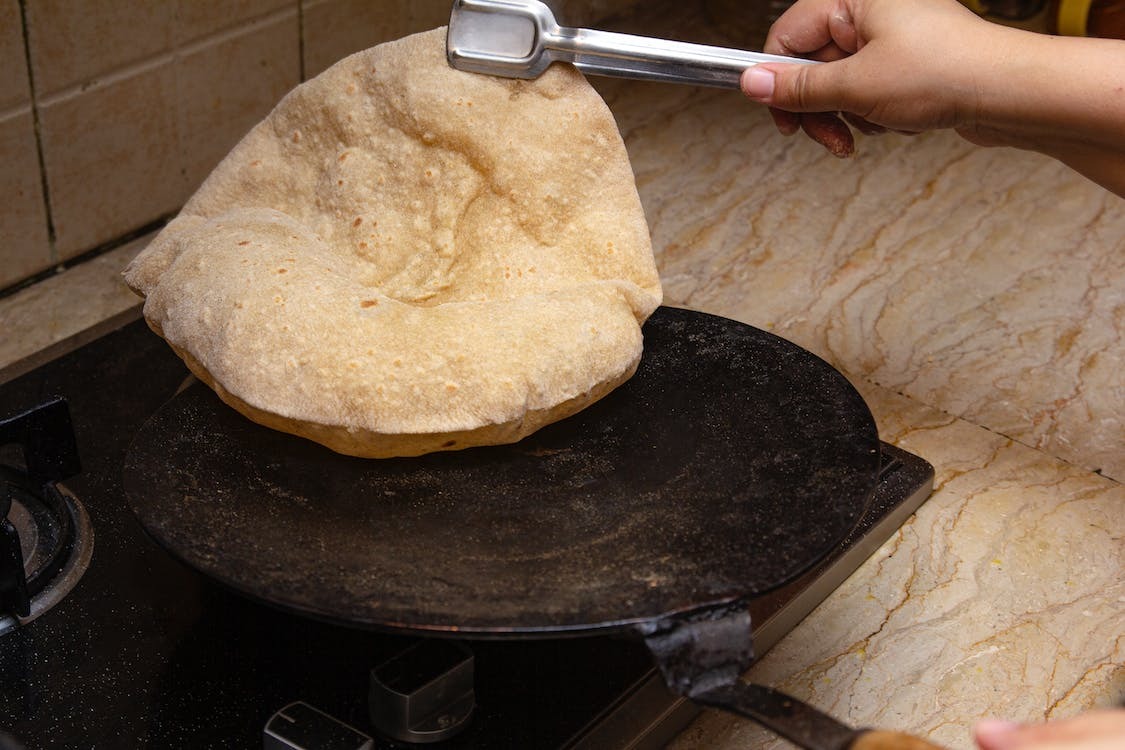
Ever tried flipping a roti only to watch it stick halfway, tear, or just… sit there like a stubborn pancake?
You are not alone. Whether it is roti, paratha, dosa, or even the occasional flatbread pizza experiment, the tawa you use can either make your life easier or drive you absolutely mad. And if you have ever blamed your dough-making skills for a burnt chapati, maybe, just maybe, the problem is the tawa.
Let’s face it, this humble piece of cookware is used almost every day in most Indian kitchens. Yet many of us barely give it a second thought when shopping for new kitchen tools. And that is where we go wrong. Because the right tawa? It can change the way your breads cook. It saves you time, avoids waste, and honestly, makes cooking feel more enjoyable.
So, let us get into what makes a good tawa and how to choose the one that works best for the breads you love to make.
Table of Contents
The Shape, Size, and Weight Matter More Than You Think
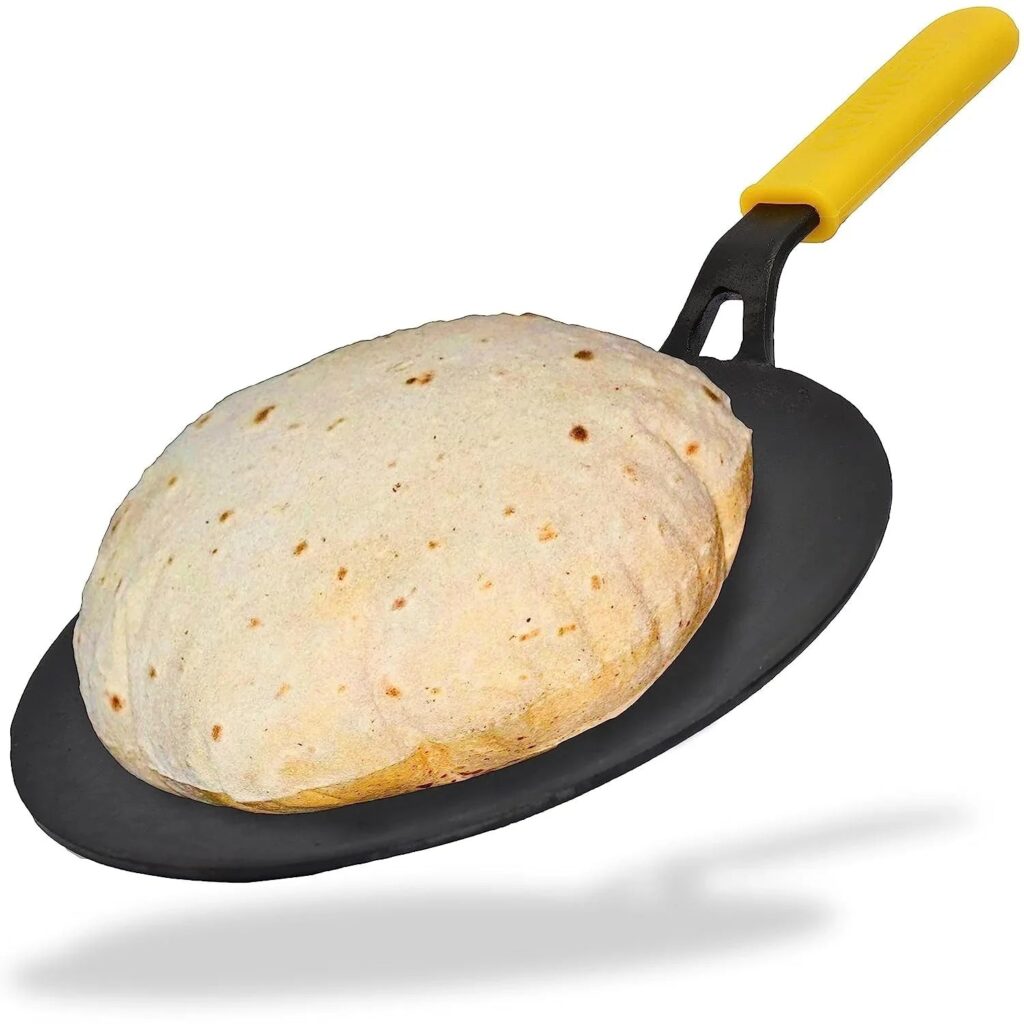
Source: gemmacookware.com
When it comes to picking the perfect tawa, shape and weight are not just cosmetic details. They affect how your breads turns out.
A flat tawa is ideal for rotis and parathas. It gives you more surface area and even browning. Slightly concave ones? Great for dosas, because the centre retains a bit more heat.
But here is where it gets tricky. The heavier your tawa, the better it holds heat. A good, heavy tawa will not cool down quickly when you splash a little water or add ghee. That means crispier results and consistent cooking.
At the same time, do not go overboard. If lifting the tawa feels like arm day at the gym, cooking is not going to be fun. Look for a balance that feels solid but still easy to handle.
As for size, make sure your tawa is slightly bigger than your usual bread. This avoids overflows and helps with easy flipping. Nothing is more annoying than trying to flip a paratha that barely fits.
Choosing The Right Material For Each Bread Type
Now comes the heart of the matter. What your tawa is made of makes a huge difference.
Cast Iron For Flavour And Tradition
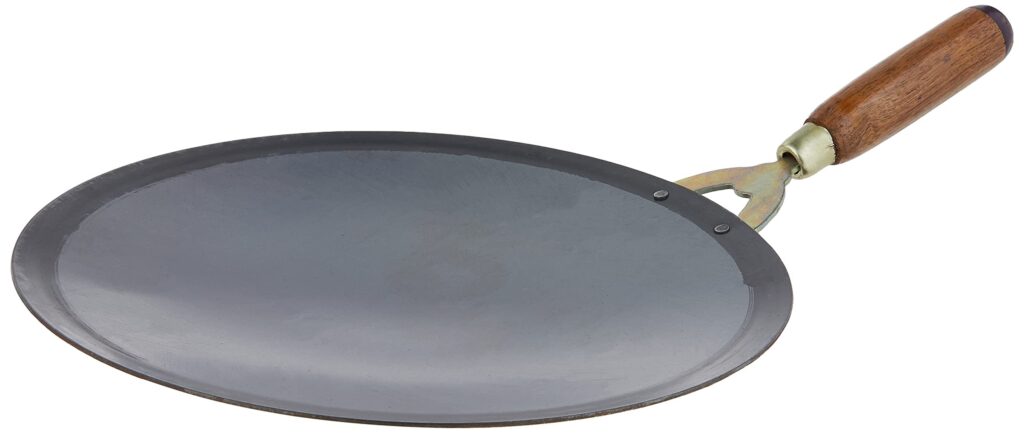
Source: amazon.com
If you are someone who values old-school flavour, cast iron tawas are amazing. They retain heat beautifully and make soft, puffed rotis. The more you use them, the better they get.
But yes, they do need care. You need to season them, dry them well, and keep them away from water when not in use. For some, that is a bit much. For others, it is part of the charm.
Non-Stick For Speed And Ease
In a rush? Hate scrubbing burnt bits? A non-stick tawa might just be your best friend.
They are perfect for dosas and cheelas because they need less oil and clean up quickly. If you are someone who experiments a lot with cooking for kids, the non-stick route makes life simpler.
The only downside? They do not last as long as cast iron. But with careful use (no metal spoons, please), they can be a great everyday choice.
Hard Anodised For Balance
Think of this as the middle path. Hard anodised tawas offer durability, look modern, and are fairly non-stick by nature without the chemical coating.
They are good for both rotis and dosas, especially if you cook a mix of dishes. They heat up fast, do not warp easily, and last long with basic care.
So, if you are stuck choosing between cast iron and non-stick, this might be your sweet spot.
Handle With Care
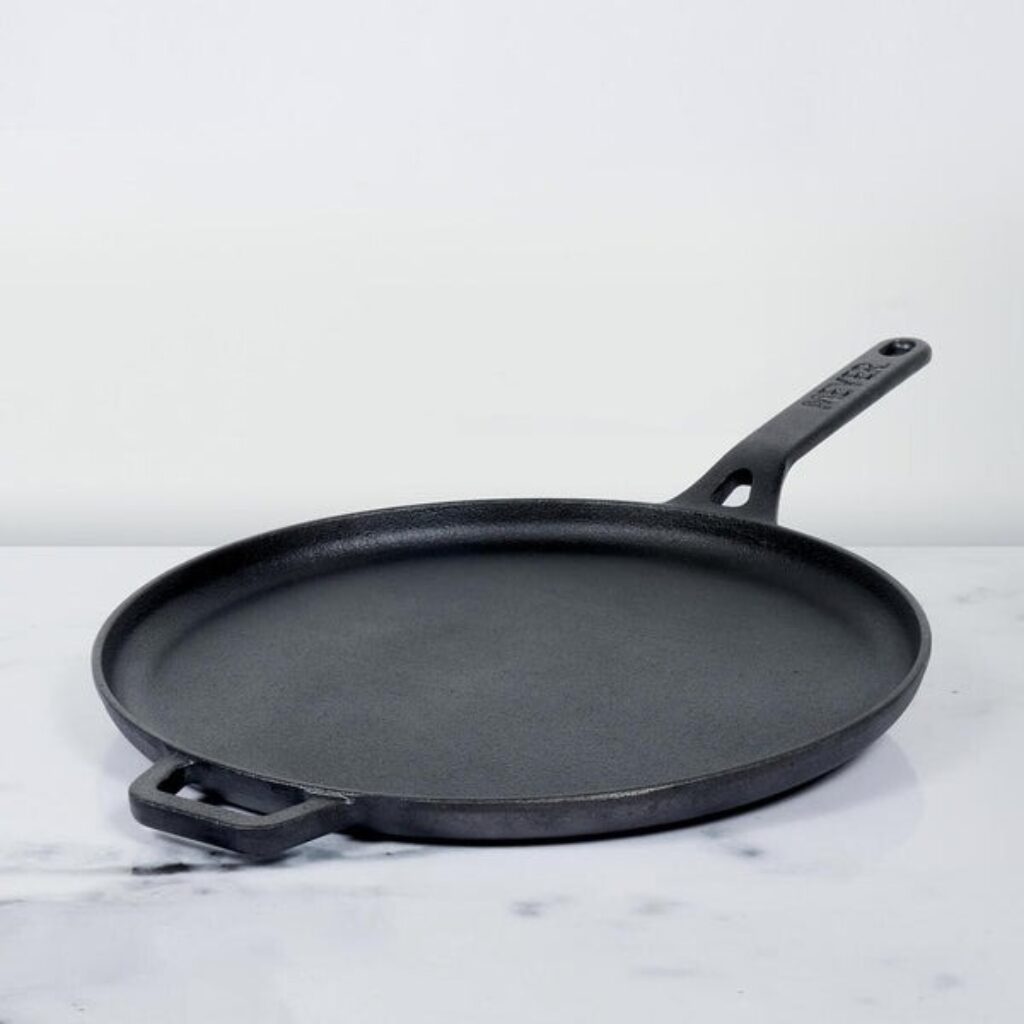
Source: potsandpans.in
One thing people often ignore? The handle.
Make sure your tawa has a heat-resistant, firm handle. If the grip is loose or heats up too fast, it is a recipe for kitchen disasters.
You want a handle that stays cool and does not wobble after a few uses. Cooking should feel safe, not like a balancing act.
When To Upgrade Your Tawa
If your current tawa heats unevenly, has warps or dents, or burns food no matter what you do, it is time to let it go.
You do not have to wait till your tawa is completely unusable. If it is making you dread cooking, it is probably doing more harm than good. A new one will make your breads better and your mornings smoother.
Wrapping Up
Choosing the right tawa is not just about cookware. It is about making your everyday meals better. When your rotis cook evenly, your dosas release with ease, and you are not stuck scrubbing burnt bits off after dinner, cooking starts to feel lighter. Less stress. More joy.
Whether you are someone who packs rotis for work every morning or you make weekend parathas with extra ghee, there is a tawa that is right for you. The key is to pick one that suits your bread, your routine, and your comfort.






